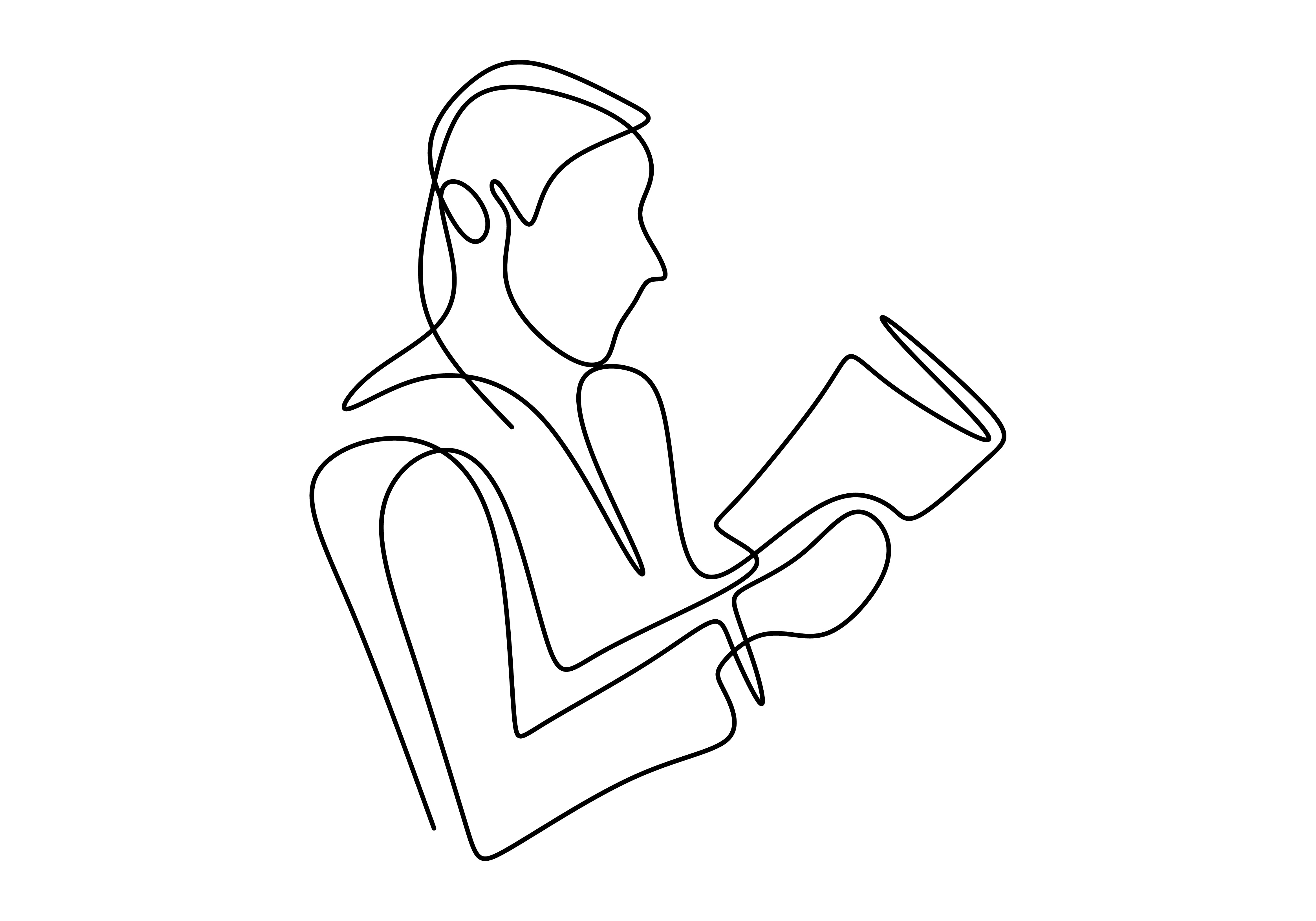Humming away in offices on Capitol Hill, in the Pentagon and in the White House is a technology that represents the pragmatism, efficiency and unsentimental nature of American bureaucracy: the autopen. It is a device that stores a person’s signature, replicating it as needed using a mechanical arm that holds a real pen.
Like many technologies, this rudimentary robotic signature-maker has always provoked ambivalence. We invest signatures with meaning, particularly when the signer is well known. During the George W Bush administration, the secretary of defence, Donald Rumsfeld, generated a small wave of outrage when reporters revealed that he had been using an autopen for his signature on the condolence letters that he sent to the families of fallen soldiers.
Fans of singer Bob Dylan expressed ire when they discovered that the limited edition of his book The Philosophy of Modern Song, which cost nearly $600 and came with an official certificate “attesting to its having been individually signed by Dylan”, in fact had made unlimited use of an autopen. Dylan took the unusual step of issuing a statement on his Facebook page: “With contractual deadlines looming,” Dylan wrote, “the idea of using an autopen was suggested to me, along with the assurance that this kind of thing is done ‘all the time’ in the art and literary worlds.” He also acknowledged that: “Using a machine was an error in judgment and I want to rectify it immediately.”
Our mixed feelings about machine-made signatures make plain our broader relationship to handwriting: it offers a glimpse of individuality. Any time spent doing archival research is a humbling lesson in the challenges and rewards of deciphering the handwritten word. You come to know your long-dead subjects through the quirks of their handwriting; one man’s script becomes spidery and small when he writes something emotionally charged, while another’s pristine pages suggest the diligence of a medieval monk. The calligraphist Bernard Maisner argues that calligraphy, and handwriting more broadly, is “not meant to reproduce something over and over again. It’s meant to show the humanity, the responsiveness and variation within.”



Hey I’m a linguist and I’d like to chime in! Great article!
There’s this misconception that language is exclusively a communication tool. In reality it’s a cognitive tool that helps us process the world around us. This is why writing something down helps you figure it out or why we sometimes talk to ourselves. So, very broadly, the more ‘linguistic effort’ you put into a task, the better you’re going to remember it. This is also another reason why writing notes in lecture by hand helps you remember better than if you type on a laptop. Pressing a button or tapping on a screen is a lot less ‘linguistic effort’ than writing a letter by hand.
Another consequence of language being a cognitive tool is that it’s intertwined with a lot of the ways we use physical tools. In fact, some historical linguists use the emergence of complex hand tools as evidence of when language emerged in our pre-history. But that’s a very complicated subject for another time. There is some evidence that cognitively, proficiency with fine motor skills are correlated with language processing functions (big caveat that I’m not a cognitive linguist). So writing might not only help you slow down and be deliberate about what you’re putting on a page, but the act of writing itself might also be intrinsically linked with language processing.
This is all not to say that typing is a somehow bastardized version of language production. It’s just that we’ve decided that easier is better, which in the sense of language learning and maintenance, isn’t really the case.